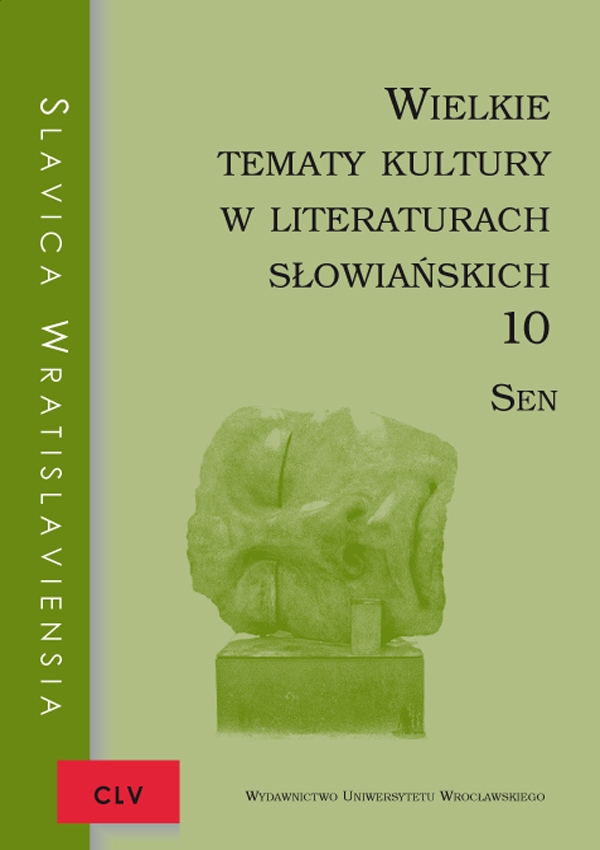

Artykuły

Italy, dream and nightmare: an example from Serbian literature
This paper is an analysis of two works by the dramatist Kosta Trifković 1843–1875. Both are set in Italy and together can be seen as asymbolic frame, as the opening and closing acts in his writing life. The early work, Put Trsta On the Road to Trieste, written in 1863–1864, describes the fulfilment of one of the writer’s childhood dreams, asea journey that begins with the young Trifković boarding amerchant ship in the port of Trieste. Mljetačke tamnice Venetian Prisons, 1875, the symbolic close to Trifković’s writing, was published shortly before his death. It is a Romantic travel narrative based on events that occurred in Venice, acity Trifković visited while travelling through Italy in the final year of his life. Venice, glorious and beautiful, acity steeped in history, destination on the Grand Tour and called “the Queen of the Adriatic” by Slavic poets and writers, in Trifković’s vision of events that occurred there in the fourteenth century is transformed from dream into nocturnal nightmare. The critical attitude and unflattering portrait of Venice suggests parallels with other southern Slavic Romantic writers Njegoš, for example and their negative impressions of the city. The cry that concludes the story is aclear allusion to the courage Venetians showed in their revolt against tyranny. Trifković uses it to glorify national unification, which he saw as the fulfilment of acenturies-old dream, an aspiration shared by Italians and Slavs. By introducing the dream/nightmare and historically verifiable events into an odeporic narrative, Trifković brings the past to bear upon the present and at the same time travels beyond narrow national confines to confront questions of universal import